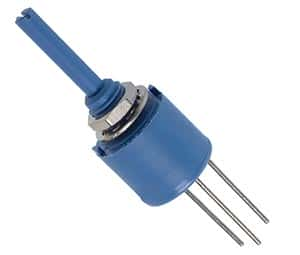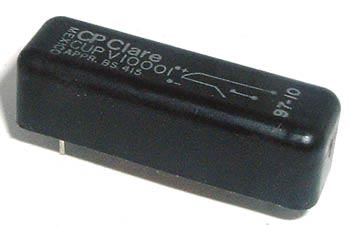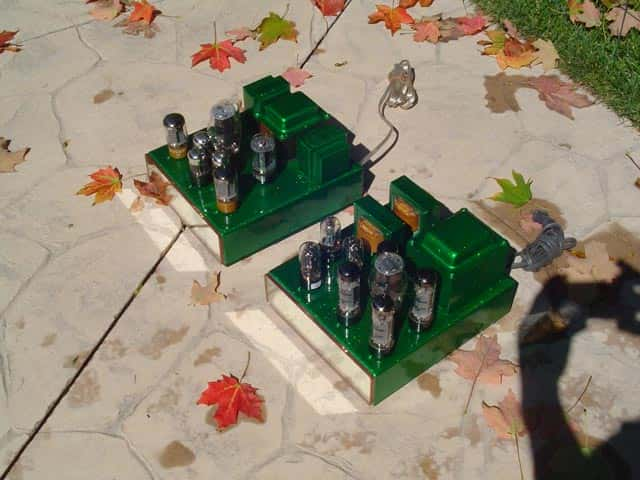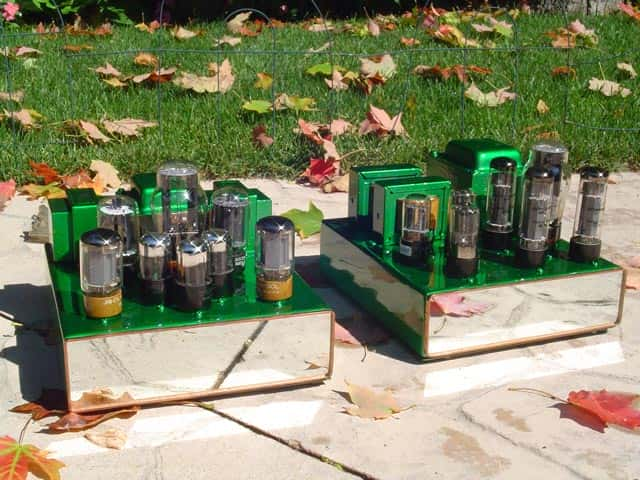Electronic components used in electronic circuits to regulate and limit the flow of electric current in the circuit are known as Resistors. Resistors can be connected in two basic configurations – in series and in parallel.
When connected in a series connection, the resistors are connected in a line. The current flows through the resistors one after the other.
When the resistors are connected in such a configuration, they exhibit the following properties:
The current flowing through each of the resistors is the same, that is, I total = I1 + I2 + I3…and so on. This is due to the fact that there is only one path for the current to flow through. The second property that they exhibit is that the total voltage drop across all the resistors connected in series is equal to the sum of the individual voltages of the resistors, that is, V total = V1 + V2 + V3…
Now since, V = IR, so, V total = I R equiv, which comes down to,
I R equiv = I1.R1 + I2.R2 + …, and since I1 = I2 = I3 .., we have
I. R equiv = I. (R1 + R2 + R3..), or R equiv = R1 + R2 + R3..
So the equivalent resistance of these electronic components connected in series is the sum of the individual resistances.
Resistors in series are often used for obtaining specific higher resistance values which are otherwise not available. They are also used in voltage divider circuits. A common application is in household wiring.

 A digital potentiometer is digital equivalent of variable resistor potentiometer. It is a digitally controlled electronic component with built in IC or a digital to analog converter. It is widely used in instrumentation amplifiers. It has limitation of being restricted to currents of a few milli amperes and voltage in the 0 to 5V range.
A digital potentiometer is digital equivalent of variable resistor potentiometer. It is a digitally controlled electronic component with built in IC or a digital to analog converter. It is widely used in instrumentation amplifiers. It has limitation of being restricted to currents of a few milli amperes and voltage in the 0 to 5V range. 




